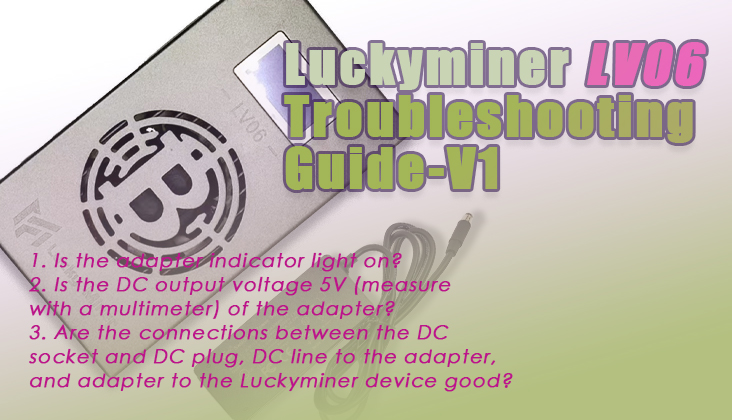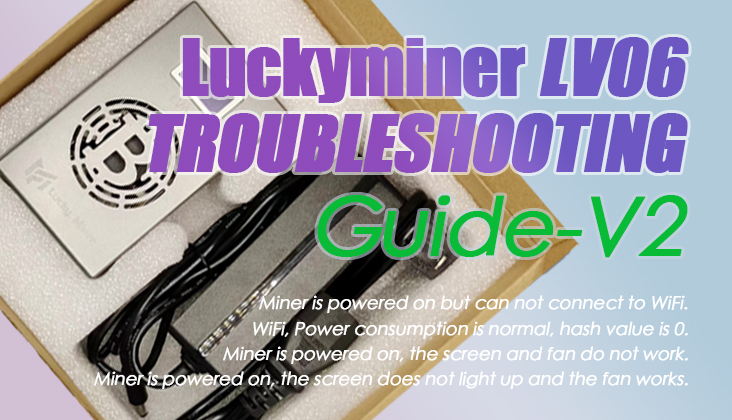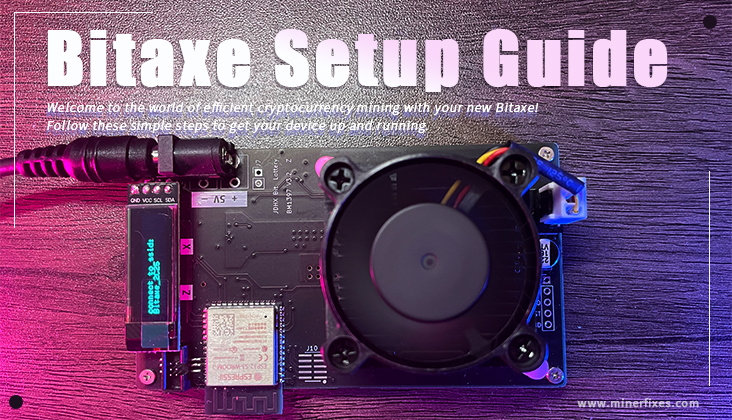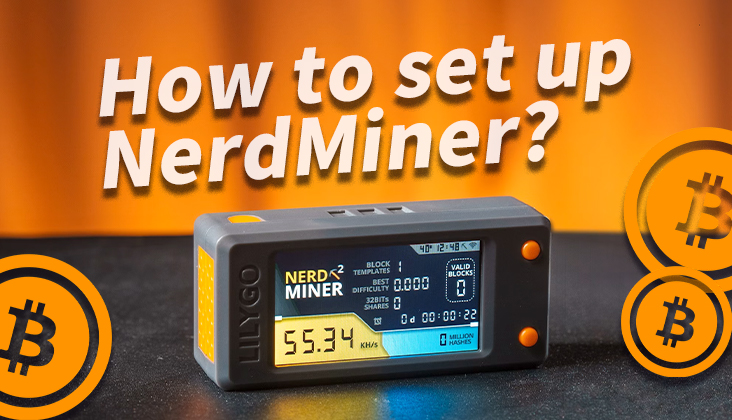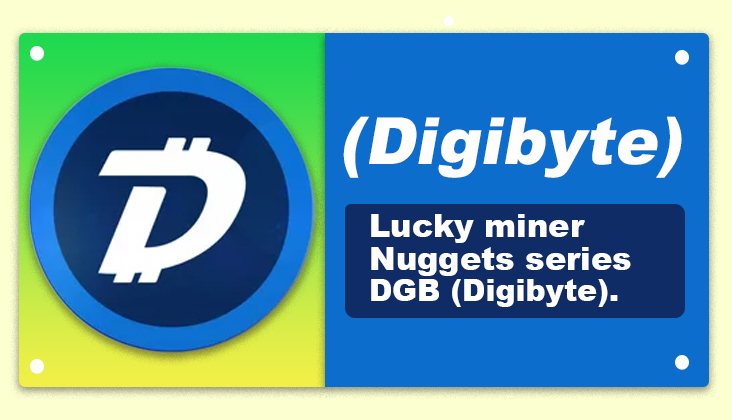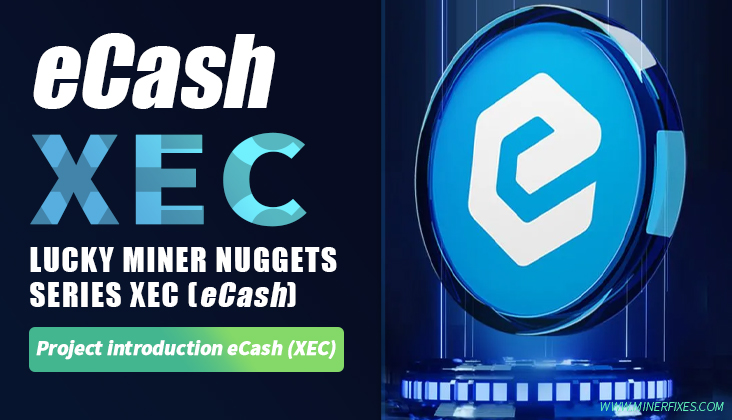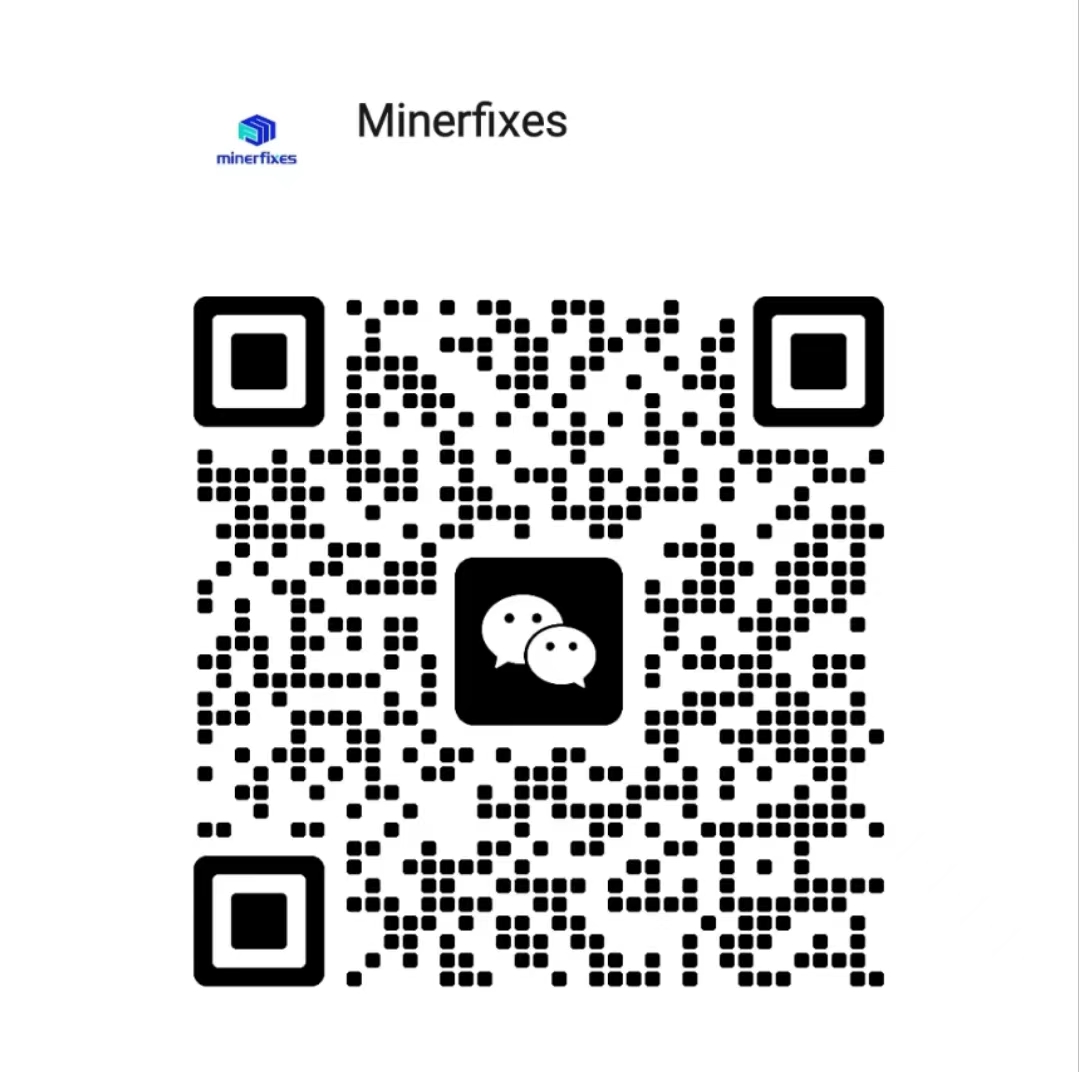Tari’s Dual-Layer Network Architecture
Tari’s network consists of two layers:
-
Layer 1 (Minotari Network): Utilizes Proof of Work (PoW) to ensure network security.
-
Layer 2 (Ootle Network): Uses Byzantine Fault Tolerance (BFT) consensus to support decentralized applications (DApps) such as DeFi, NFT platforms, SocialFi, and GameFi.
Layer 1 miners earn Minotari tokens (XTM), while Layer 2 validators operate using Tari tokens (XTR).
Tari’s Tokenomics
XTM Distribution and Issuance
-
Total supply: 21 billion XTM
-
XTM issuance follows an exponential decay model over approximately 27.8 years. Once annual issuance drops to 1% of total supply, a perpetual tail emission of 1% ensures miners remain incentivized and network security is maintained.
-
30% of XTM (6.3 billion) is pre-mined to support protocol infrastructure, community incentives, funding, and contributor alignment.
-
All new tokens after pre-mine are allocated 100% to miners to secure the Tari network.
XTR Generation and Burn Mechanism
-
XTR operates under the Turbine Model, where users burn XTM at a 1:1 ratio to generate XTR on the Ootle network.
-
A portion of transaction fees is burned, helping maintain supply balance.
-
Ootle validators receive a share of transaction fees as rewards.
-
The Throttle Algorithm periodically adjusts burn rates to maintain a stable balance between XTM and XTR, ensuring a sustainable ecosystem.
Mining and Reward Mechanism
Tari combines two PoW algorithms:
-
RandomX: CPU-optimized, ASIC-resistant, designed for fair and decentralized mining.
-
SHA3x: A hash algorithm specifically for the Tari network.
Mining rewards are split 50:50: half for RandomX merge mining and half for Tari-specific SHA3x mining. This allows existing RandomX miners to earn XTM concurrently.
Unlike Bitcoin’s four-year halving, Tari’s block rewards follow an exponential decay curve, reducing approximately every three years. During the first 12 years, rewards gradually decrease, followed by a tail emission phase for long-term miner incentives.
Token Allocation and Vesting
Tari token allocation:
-
Community: 5%, to incentivize member participation and contribution
-
Protocol Infrastructure & Funding: 9%, to support development and infrastructure
-
Contributors: 4%, rewarding developers and teams who contribute to the Tari protocol
-
Participants / Early Supporters: 12%, allocated to early investors and supporters
Vesting schedule:
-
Community tokens: Begin 6 months after mainnet launch, released monthly over 12 months
-
Protocol infrastructure & funding: 7.56 billion released at launch, remaining over 4 years monthly
-
Contributor tokens: Begin 12 months after launch, released monthly over 5 years
-
Participant tokens: Begin 12 months after launch, released monthly over 2 years
Note: Token unlocking does not imply immediate circulation; infrastructure and funding tokens are used for ongoing network development and ecosystem growth.
Tari’s Future Outlook
Tari’s mainnet is live, allowing users to start mining via the Tari Universe application. The project also offers airdrop games for additional community engagement and rewards.
Tari aims to become the default layer of value for the internet, offering fast confirmations, low fees, unlimited scalability, programmable privacy features, and an excellent user experience.
Through its unique tokenomics and incentive mechanisms, Tari strives to build a decentralized, sustainable ecosystem, providing users with a fair, secure, and efficient blockchain experience.
For more details on Tari’s tokenomics and mining mechanisms, visit the official page: Tari Tokenomics
 91884.52USD
91884.52USD 87.24USD
87.24USD 2.21USD
2.21USD 0.15USD
0.15USD 3042.99USD
3042.99USD 14.05USD
14.05USD 893.99USD
893.99USD 142.86USD
142.86USD 0.14USD
0.14USD 0.06USD
0.06USD 0.17USD
0.17USD
 Favorites
Favorites History
History